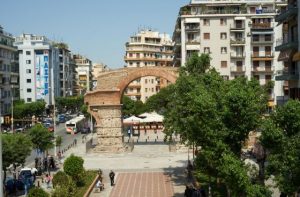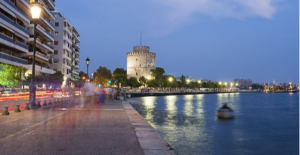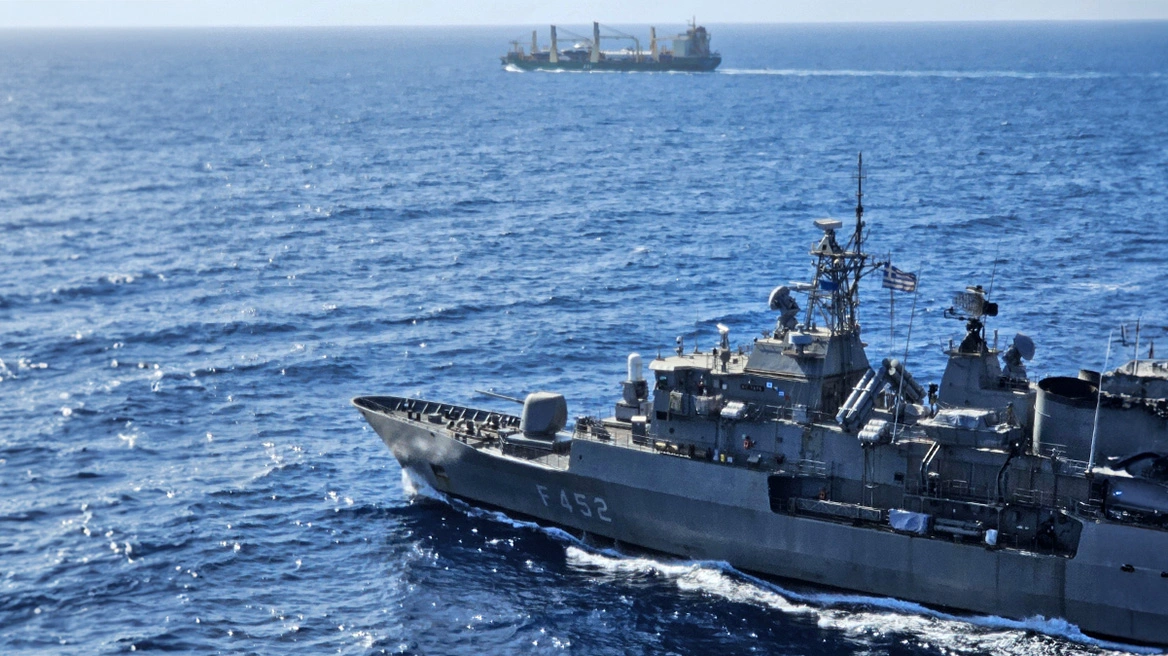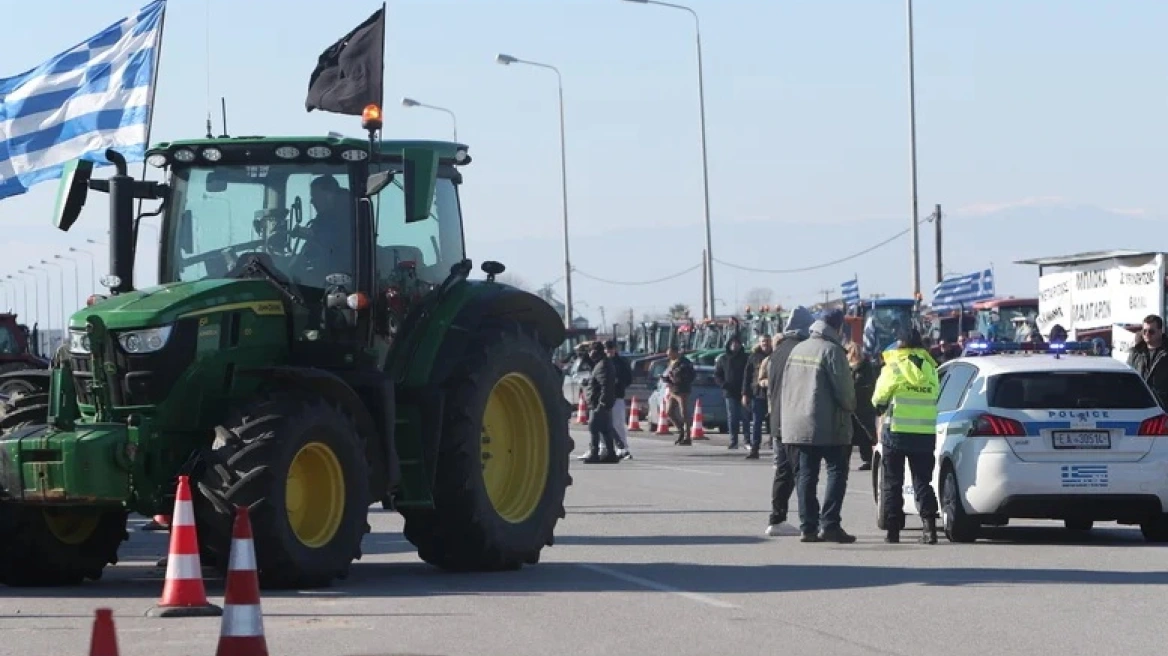Start with Aristotelous Square, the city’s most central square boasting monumental mansions. It is one of the biggest and most impressive squares in Greece offering a view of Thermaikos Gulf. Under clear skies, you can see the Olympus massif in the far distance from the Square.
Stroll down Nikis Avenue across the seafront, extending from the city’s Port (to the W) up to the Statue of Alexander the Great (in the E), lined with many cafés, bars and stores. It is one of the most popular promenade areas for locals and visitors alike.
The White Tower (Lefkos Pyrgos) is the city’s landmark.The 33.9 m. high fortified cylinder tower measuring 22.7 m. in diameter was built under Suleiman I the Magnificent in the 16th century. It was part of the city’s fortification and was later used by the Turks as a place of execution (it was called Kanli Kasteli which means “tower of blood”). It goes by its current name since the 19th century. Inside the Tower, there is an exhibition on Thessaloniki‘ s history, from its establishment until 1922.
Visit the Palace of Galerius, comprising the Octagon (the throne chamber) and admire its renowned mosaics, the Galerius arch, known as Kamara, built in 305 BC and the imposing Rotunda, the circular dome roofed building with impressive Early Christian mosaics (late 4th century).

Another site worth visiting is the Ancient Agora (Market place), a trading placefrom the 3rd century BC until the 5th century AD. Discoveries include the city’s Agora (Market place), the Mint, the Odeion, a hall beleived to have been housing the city archives, a part of Valaneio with baths, a tavern and a whore-house, along with many smaller finds. There is an ancient temple and Early Christian tombs (4th -7th century) located under 3rd September Street.
Another interesting place to visit is the Byzantine Bath, close to Koule Kafe Square, dating back to the late 13th century, a rare discovery site of Byzantine Baths. There are also mosques worth visiting such as the Ishak Pasha Mosque (1484), situated close to Kassandrou Street and the Hamza Bey Mosque(1467) having been destroyed by an earthquake and rebuilt in 1620. The latter is situated at the junction of Egnatia and Venizelou Streets. Bezesteni is located in the Market centre (Venizelou & Solomou Streets) and used to be the trading place for luxurious textiles. It is a rectangular building with four entrances, built in the late 15th century. The city’s turkish baths include Bey Hamam (1444) on Egnatia Street, Pasha Hamam(1520), Bazaar Hamam and Yeni Hamam. Go for a walk in Kapani and Modiano markets and experience the city’s scents, perfumes and colours.
Read more HERE
Ask me anything
Explore related questions





